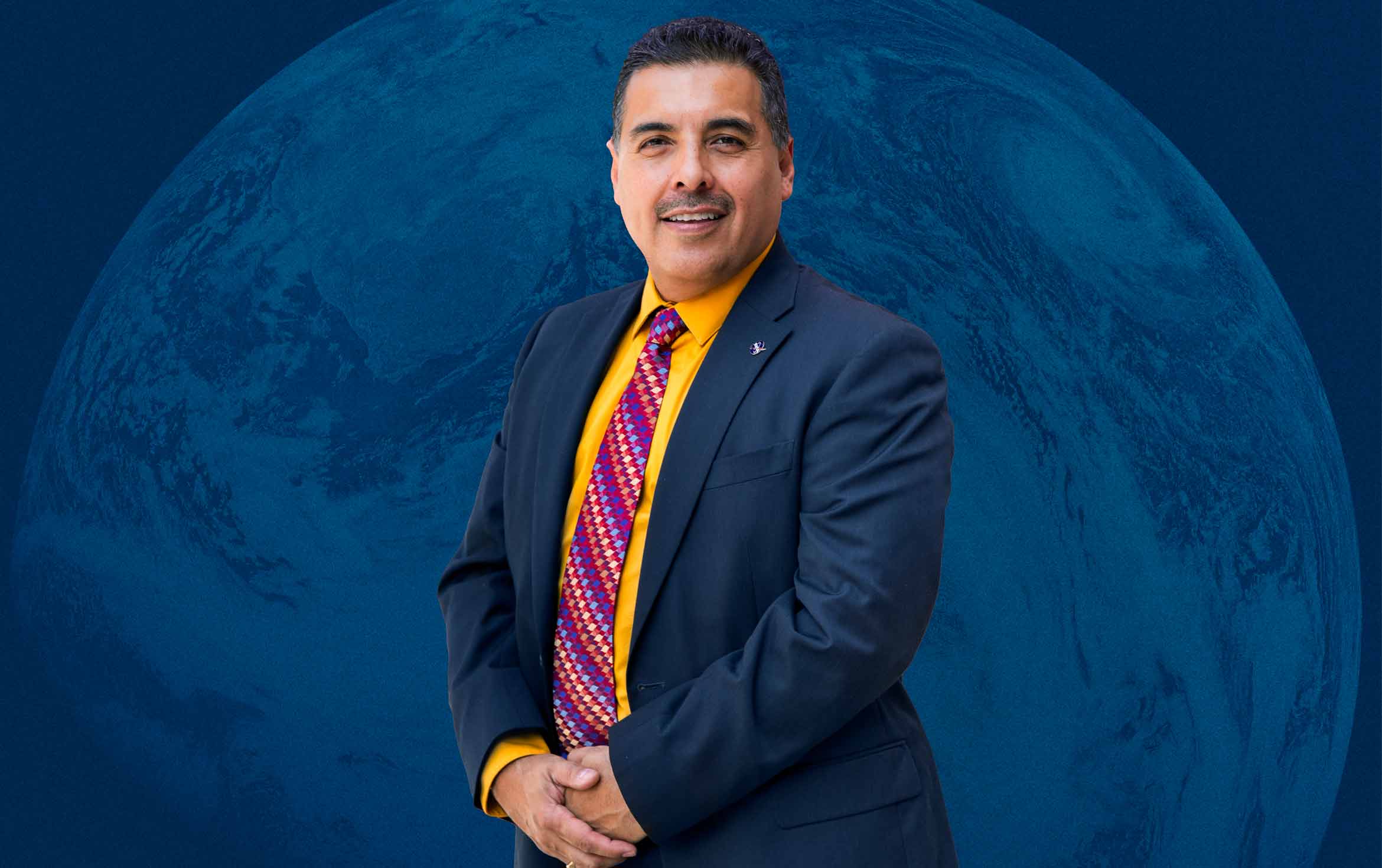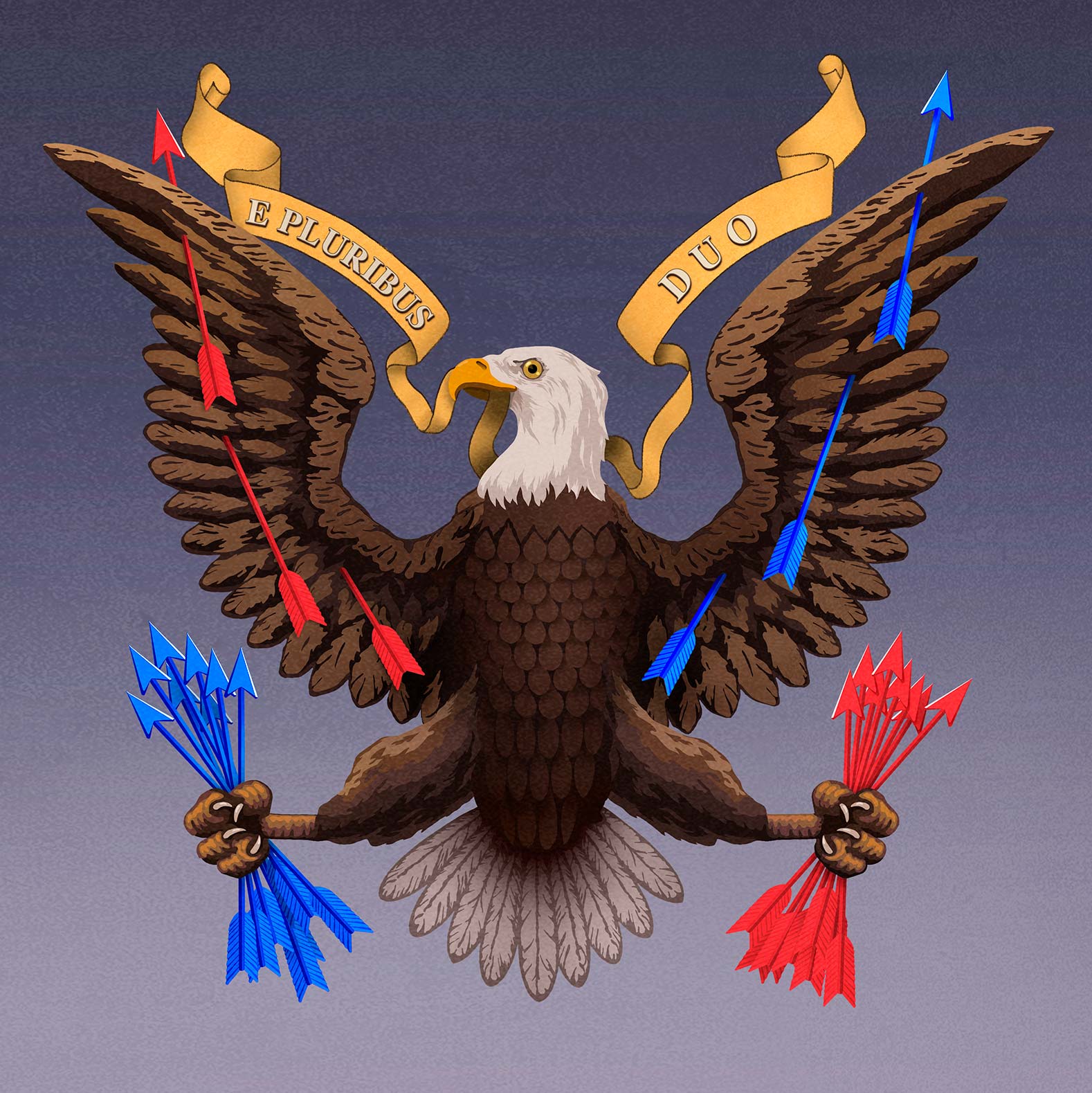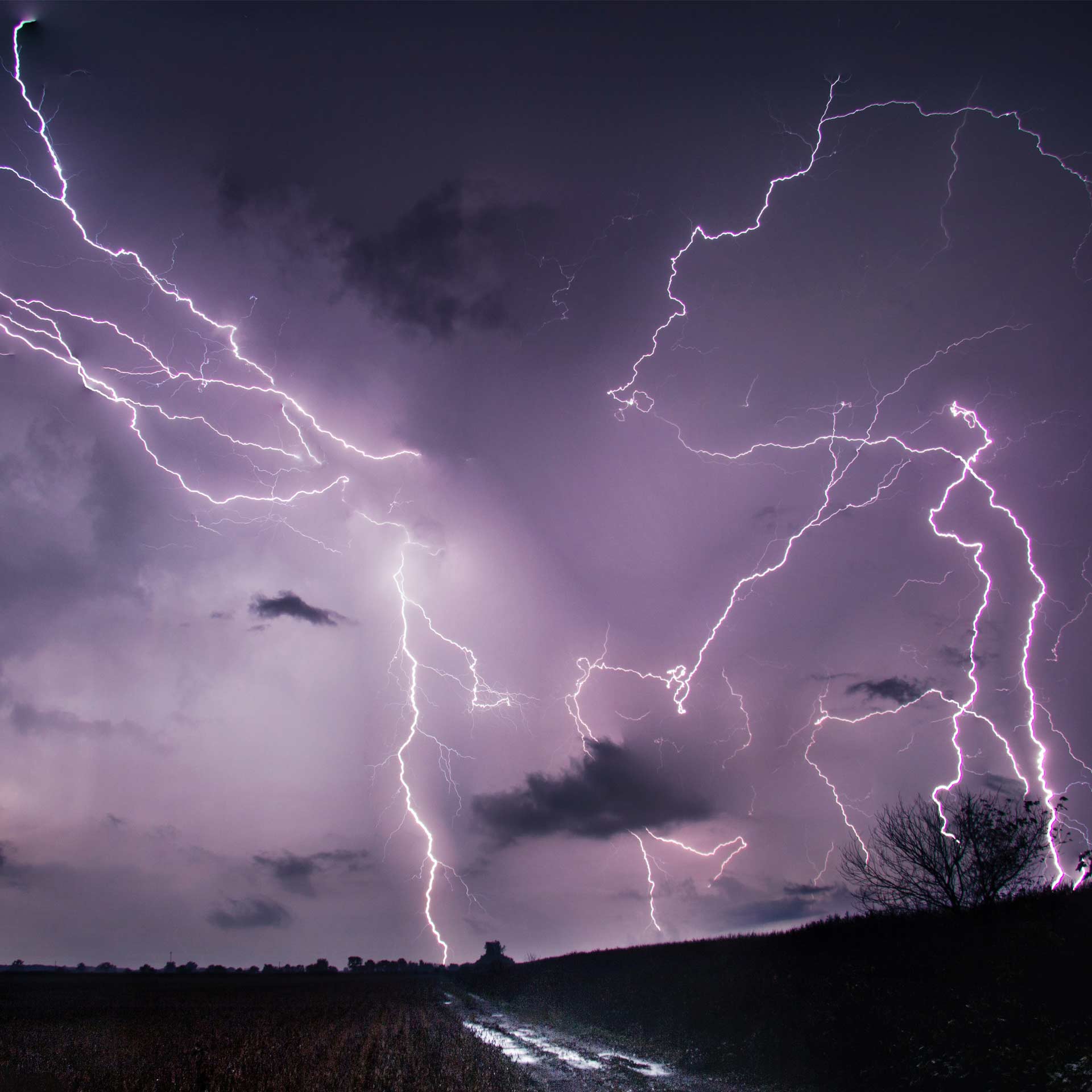
José Hernández MS ’86 dreamed of becoming an astronaut. Before he left his hometown in Michoacan, Mexico, for California’s San Joaquin Valley, before he learned English or went to college, when he was just a child picking fruit alongside his migrant farmworker family, his eyes were already starry with space travel.
Despite a long journey with countless obstacles, as a NASA astronaut in 2009, Hernández orbited Earth on the International Space Station (ISS) for 13 days, 20 hours and 54 minutes, sending the first Spanish language tweet from space.
His incredible story is now the subject of an Amazon original film, “A Million Miles Away” (2023), starring Michael Peña.
“If you can imagine a 10-year-old kid holding onto rabbit ear antennas … on a black-and-white TV, watching … Apollo 17 astronaut Gene Cernan walking on the moon,” Hernández says. “I mean, that’s when I decided, I want to be an astronaut.”
He grew up with his parents, sometimes working alongside them and spending nine months of the year in California and three in Mexico, following the crop harvests. As a kid, he says, his dad gave him advice that he never forgot. He told him to “define your purpose in life,” “recognize how far you are from yourself,” and draw a road map.
“He pointed outside and said, ‘You know that effort you put out there on weekends and seven days a week during the summer picking fruits and vegetables for your siblings, your mom and your dad?’ I said, ‘Yeah,’ and he pointed to my books and said, ‘You put that effort here.’”
Hernández, who currently serves as a UC Regent, was the first in his family to go to college, earning a Bachelor of Science in electrical engineering from the University of the Pacific and a Master of Science in electrical and computer engineering from UC Santa Barbara.
But getting into the NASA astronaut training program isn’t easy. Each application cycle has roughly 12,000 hopefuls and Hernández didn’t get in on his first try, or second. It took him 11 tries.
After receiving multiple rejection letters, Hernández researched the credentials of NASA astronauts and discovered that they were pilots and scuba divers. He earned a pilot’s license and a scuba certification. Finally, he was accepted into the NASA astronaut training program, joining its class of 2004.
Later, in 2009, after learning Russian, Hernández was selected as a mission specialist on the 14-day Space Shuttle Discovery Mission STS-128; the crew performed spacewalks and resupplied the ISS.
Following his career as an astronaut, Hernández worked in the X-ray laser program at UC’s Lawrence Livermore Lab. When the program was being canceled, he found an alternate use of the X-ray tools he had helped develop.
“Adversity creates opportunity,” says Hernández, who helped develop a new field of study, Computer-Aided Diagnosis (CAD), co-developing the first full-field digital mammography imaging system. The technology has revolutionized X-ray imaging and enabled physicians to detect and diagnose cancer at early stages.
“People expect me to say that going to space was my proudest professional moment. It wasn’t,” he says. “It was inventing that mammography device, because it has saved thousands of lives.”


